Home>Home Appliances>Kitchen Appliances>How To Decalcify The Delonghi Espresso Machine
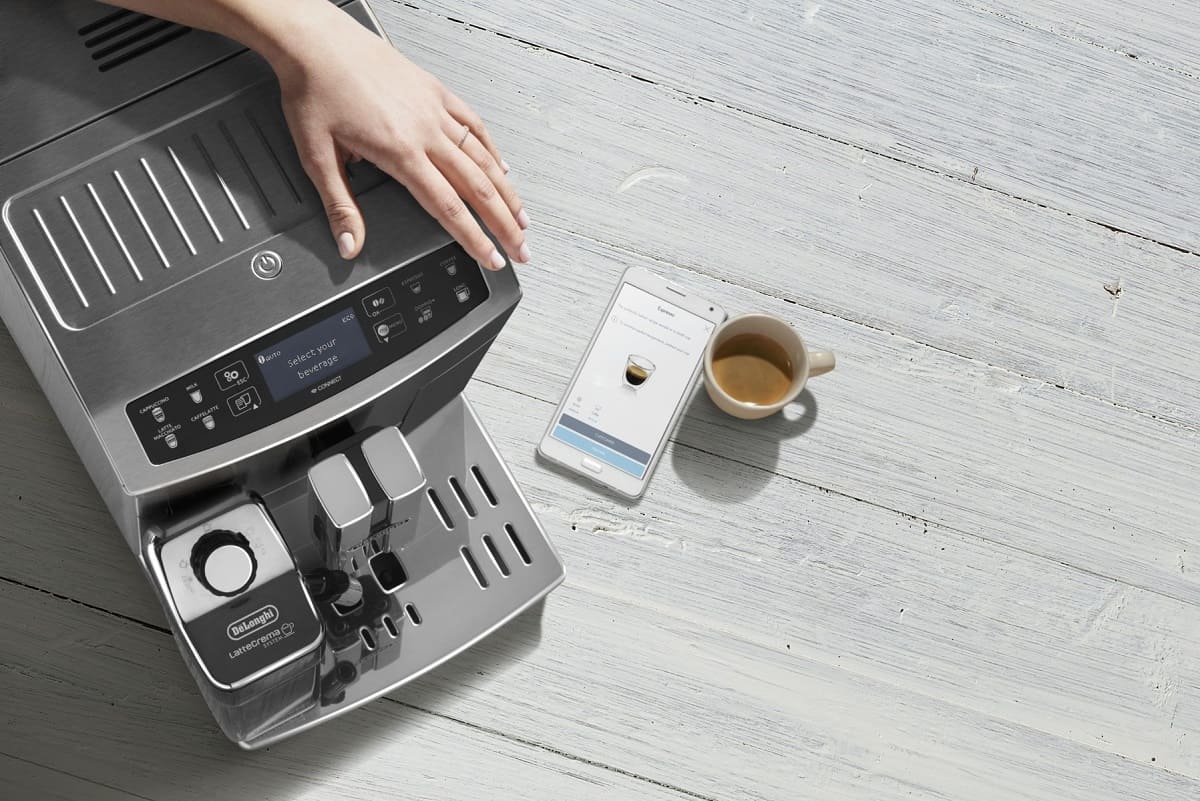

Kitchen Appliances
How To Decalcify The Delonghi Espresso Machine
Modified: January 9, 2024
Learn how to decalcify your Delonghi espresso machine and keep it running smoothly. Discover essential maintenance tips for kitchen appliances.
(Many of the links in this article redirect to a specific reviewed product. Your purchase of these products through affiliate links helps to generate commission for Storables.com, at no extra cost. Learn more)
Introduction
So, you've finally invested in a Delonghi espresso machine. Congratulations! You're now the proud owner of a top-of-the-line appliance that promises to elevate your coffee-making experience to a whole new level. However, like all good things in life, your espresso machine requires regular maintenance to ensure it continues to deliver those perfect, aromatic shots of espresso.
One of the most crucial aspects of maintaining your Delonghi espresso machine is decalcification. Over time, mineral deposits from the water you use can build up inside the machine, affecting its performance and the quality of your coffee. Decalcifying your espresso machine not only prolongs its lifespan but also ensures that every cup of espresso you brew is as flavorful and satisfying as the first.
In this comprehensive guide, we'll delve into the importance of decalcifying your Delonghi espresso machine, the materials you'll need for the process, and a step-by-step walkthrough to help you keep your appliance in top shape. Additionally, we'll provide valuable tips for ongoing maintenance, so you can continue to enjoy the rich, indulgent taste of freshly brewed espresso for years to come. Let's embark on this journey to ensure that your Delonghi espresso machine remains a beloved fixture in your kitchen, delivering delightful coffee experiences whenever you need them.
Key Takeaways:
- Regular decalcification of your Delonghi espresso machine ensures flavorful coffee and extends its lifespan, preserving the art of coffee-making and savoring delightful moments.
- Use filtered water, clean the brew group, and follow the manufacturer’s guidelines to maintain your Delonghi espresso machine for rich, aromatic espresso experiences.
Read more: How To Clean The Delonghi Espresso Machine
Understanding the Importance of Decalcifying Your Delonghi Espresso Machine
Imagine this: every morning, you eagerly approach your Delonghi espresso machine, anticipating that first invigorating sip of freshly brewed espresso. However, instead of the robust, aromatic coffee you expect, you’re greeted with a lackluster, bitter brew. What could be the culprit behind this disappointing start to your day? The answer may lie in the mineral deposits, or limescale, that have accumulated inside your espresso machine.
When water flows through your espresso machine, it carries with it minerals such as calcium and magnesium. Over time, these minerals can form a stubborn layer of limescale within the machine’s internal components. This buildup can hinder the flow of water, affect the temperature regulation, and ultimately diminish the quality of your espresso. The result? Your once-flavorful coffee may taste dull, sour, or even slightly metallic.
Decalcifying your Delonghi espresso machine is the solution to this common issue. By removing the limescale buildup, you can restore your machine’s functionality and ensure that it continues to produce exceptional espresso. Regular decalcification not only safeguards the taste and aroma of your coffee but also preserves the longevity of your espresso machine. By incorporating this essential maintenance step into your routine, you’re investing in the sustained performance and quality of your beloved appliance.
Moreover, decalcifying your Delonghi espresso machine is an environmentally friendly practice. By preventing mineral buildup, you reduce the likelihood of malfunctions that could lead to the premature disposal of your machine. This proactive approach aligns with sustainable living principles, allowing you to enjoy your espresso while minimizing the impact on the environment.
Ultimately, understanding the importance of decalcifying your Delonghi espresso machine empowers you to take proactive measures in preserving the rich flavors and impeccable performance that your machine is designed to deliver. By prioritizing decalcification, you’re safeguarding your daily coffee ritual, ensuring that each cup of espresso is a delightful indulgence that never fails to impress.
Materials Needed for Decalcifying
Before embarking on the decalcification process for your Delonghi espresso machine, it’s essential to gather the necessary materials. Ensuring that you have the right tools at your disposal will streamline the decalcification procedure, allowing you to efficiently restore your machine’s optimal performance. Here’s a comprehensive list of the materials you’ll need:
- Decalcifying Solution: This is a specialized solution designed to dissolve limescale and mineral deposits within your espresso machine. It’s important to use a decalcifying solution specifically formulated for espresso machines, as household descaling products may not be suitable.
- Fresh Water: You’ll need a supply of fresh, clean water to rinse the internal components of your espresso machine thoroughly.
- Container or Reservoir: Depending on your machine’s model, you may require a separate container or reservoir to hold the decalcifying solution during the descaling process.
- Protective Gloves: Since decalcifying solutions can be acidic, it’s advisable to wear protective gloves to safeguard your skin during the procedure.
- Microfiber Cloth: A soft microfiber cloth is ideal for wiping the exterior of your espresso machine and ensuring a polished, clean finish after decalcification.
- Owner’s Manual: It’s always helpful to have the owner’s manual for your Delonghi espresso machine on hand. The manual can provide specific instructions or precautions related to decalcification, tailored to your machine’s model.
By assembling these materials before initiating the decalcification process, you set the stage for a seamless and effective maintenance routine. Each item plays a crucial role in facilitating the removal of limescale and preserving the pristine condition of your Delonghi espresso machine, ensuring that it continues to deliver exceptional coffee experiences with every brew.
To decalcify your Delonghi Espresso Machine, mix equal parts of water and white vinegar and run it through the machine. Then run two cycles of just water to rinse. Repeat every 1-2 months.
Step-by-Step Guide to Decalcifying Your Delonghi Espresso Machine
Decalcifying your Delonghi espresso machine is a vital maintenance task that can be easily accomplished with the right guidance. By following these step-by-step instructions, you can effectively remove limescale buildup and restore your machine’s performance, ensuring that each cup of espresso is a delightful indulgence.
- Prepare the Decalcifying Solution: Refer to your machine’s manual to determine the appropriate ratio of decalcifying solution to water. Prepare the solution in a separate container, ensuring that it is thoroughly mixed.
- Empty the Water Tank: Remove any water from the machine’s reservoir or tank. If there is a water filter present, it should be removed before proceeding with the decalcification process.
- Fill the Tank with the Decalcifying Solution: Pour the prepared decalcifying solution into the water tank of your espresso machine. Ensure that you follow the recommended guidelines provided in the owner’s manual to avoid overfilling.
- Initiate the Descaling Cycle: Depending on your Delonghi espresso machine model, there may be a specific descaling cycle or program. Activate this cycle to allow the machine to run the decalcifying solution through its internal components. This process may involve pressing certain buttons or following a sequence of actions as outlined in the manual.
- Rinse with Fresh Water: Once the decalcifying cycle is complete, refill the water tank with fresh water. Run a rinse cycle through the machine to thoroughly flush out any remaining decalcifying solution from the internal system.
- Clean the External Surfaces: While the internal components undergo rinsing, take the opportunity to wipe the exterior of your espresso machine with a microfiber cloth. This step ensures that the machine is left looking polished and free from any residual solution.
- Reset and Reassemble: Once the rinsing process is finished, reset the machine as per the manufacturer’s instructions. If any components were removed, such as the water filter, reassemble them in their respective positions.
By diligently following these steps, you can effectively decalcify your Delonghi espresso machine, safeguarding its functionality and preserving the rich, authentic flavors of your favorite espresso blends. This regular maintenance routine ensures that your machine continues to be a reliable source of exceptional coffee experiences, enriching your daily rituals with the perfect cup of espresso.
Tips for Maintaining Your Delonghi Espresso Machine
Maintaining your Delonghi espresso machine extends beyond the decalcification process. To ensure that your appliance consistently delivers exceptional coffee and remains in optimal condition, consider implementing the following tips as part of your regular maintenance routine:
- Regular Decalcification: Schedule decalcification every 1-2 months, or as recommended by the manufacturer, to prevent limescale buildup and maintain the machine’s performance.
- Use Filtered Water: Whenever possible, use filtered or distilled water in your espresso machine to minimize mineral deposits and improve the taste of your coffee.
- Clean the Brew Group: The brew group is a critical component responsible for extracting espresso. Regularly remove, clean, and lubricate this part according to the manufacturer’s instructions to ensure consistent brewing quality.
- Wipe Spills Immediately: Accidental spills and splashes can occur during the coffee-making process. Wipe these off the machine promptly to prevent stains and maintain its appearance.
- Inspect Seals and Gaskets: Periodically check the seals and gaskets for signs of wear or damage. Replace these components as needed to prevent leaks and maintain the machine’s integrity.
- Store Properly: If you plan to store the machine for an extended period, ensure it is thoroughly cleaned, dried, and stored in a cool, dry place to prevent mold or mildew growth.
- Follow Manufacturer’s Guidelines: Adhere to the specific maintenance recommendations provided in the owner’s manual to ensure that you are caring for your Delonghi espresso machine in accordance with the manufacturer’s guidelines.
By incorporating these maintenance tips into your routine, you can uphold the performance, longevity, and overall quality of your Delonghi espresso machine. Consistent care and attention to detail not only preserve the machine’s functionality but also contribute to the exceptional coffee experiences it continues to provide. With these proactive measures, you can savor the rich, aromatic allure of freshly brewed espresso for years to come, making every cup a delightful indulgence.
Read more: How To Use The Delonghi Espresso Machine
Conclusion
As we conclude this journey through the essential process of decalcifying and maintaining your Delonghi espresso machine, it’s evident that a well-cared-for appliance is the key to consistently indulging in the rich, aromatic flavors of freshly brewed espresso. By understanding the significance of decalcification and embracing a comprehensive maintenance routine, you empower yourself to preserve the impeccable performance and longevity of your espresso machine, ensuring that it remains a cherished fixture in your kitchen.
Decalcifying your Delonghi espresso machine isn’t just about removing mineral deposits; it’s about revitalizing your daily coffee ritual. With each decalcification cycle, you’re not only safeguarding the machine’s internal components but also enhancing the quality and taste of every cup of espresso. This proactive approach ensures that your coffee experiences are consistently delightful, free from the impact of limescale buildup and mineral deposits.
Moreover, the tips for ongoing maintenance serve as a roadmap for nurturing your Delonghi espresso machine, allowing you to enjoy its exceptional performance for years to come. By incorporating these practices into your routine, you’re investing in the sustained quality and reliability of your espresso machine, enriching your daily rituals with the perfect cup of coffee.
As you embark on this journey of care and maintenance, remember that your Delonghi espresso machine is more than just an appliance; it’s a steadfast companion in your pursuit of the perfect espresso. By nurturing and preserving its functionality, you’re ensuring that it continues to be a source of delightful coffee experiences, enriching your moments with the captivating aroma and indulgent taste of freshly brewed espresso.
So, with each decalcification and every maintenance task, you’re not just caring for a machine; you’re nurturing a tradition, preserving the art of coffee-making, and savoring the moments that begin with the perfect cup of espresso.
Here’s to the continued enjoyment of rich, flavorful espresso, made possible by the diligent care and maintenance of your beloved Delonghi espresso machine.
Frequently Asked Questions about How To Decalcify The Delonghi Espresso Machine
Was this page helpful?
At Storables.com, we guarantee accurate and reliable information. Our content, validated by Expert Board Contributors, is crafted following stringent Editorial Policies. We're committed to providing you with well-researched, expert-backed insights for all your informational needs.
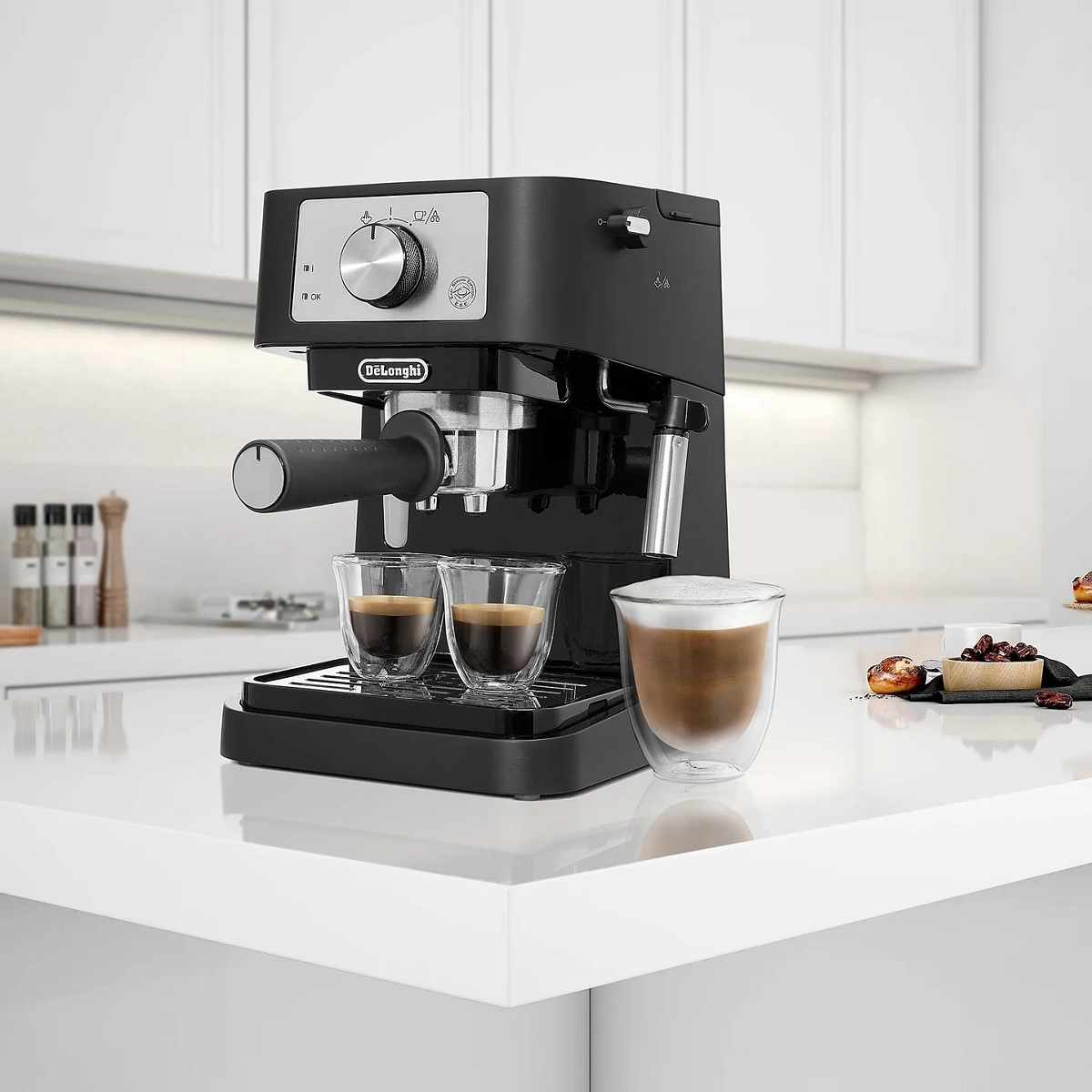
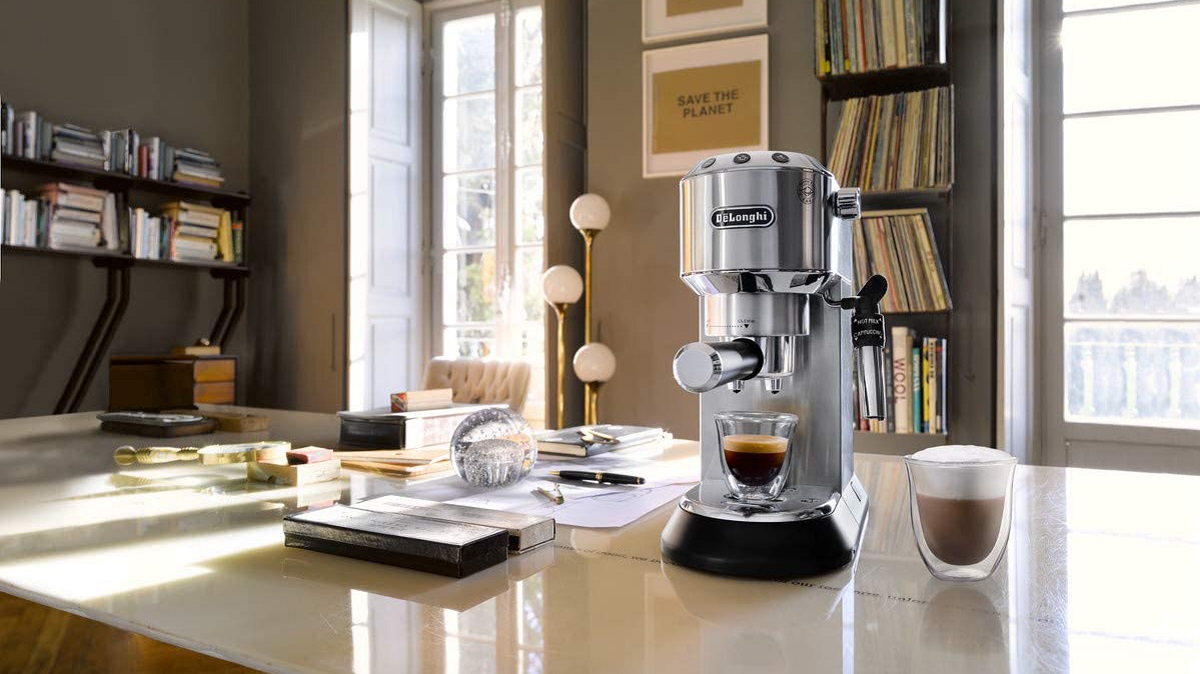
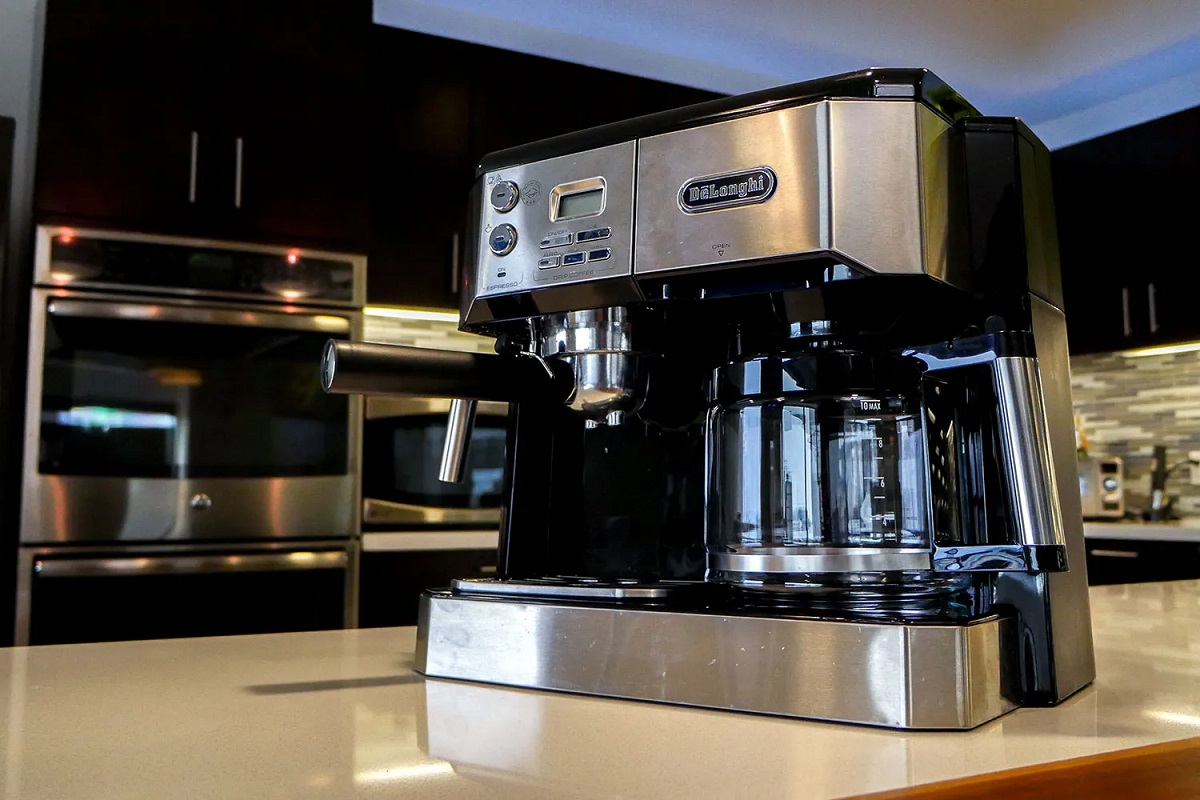
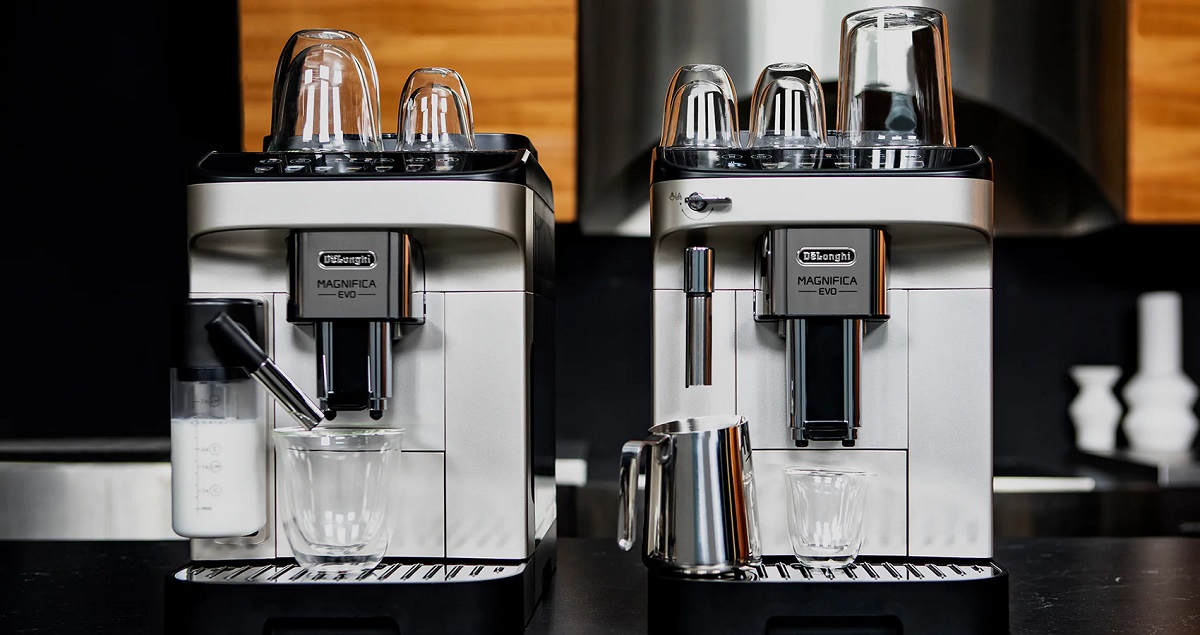
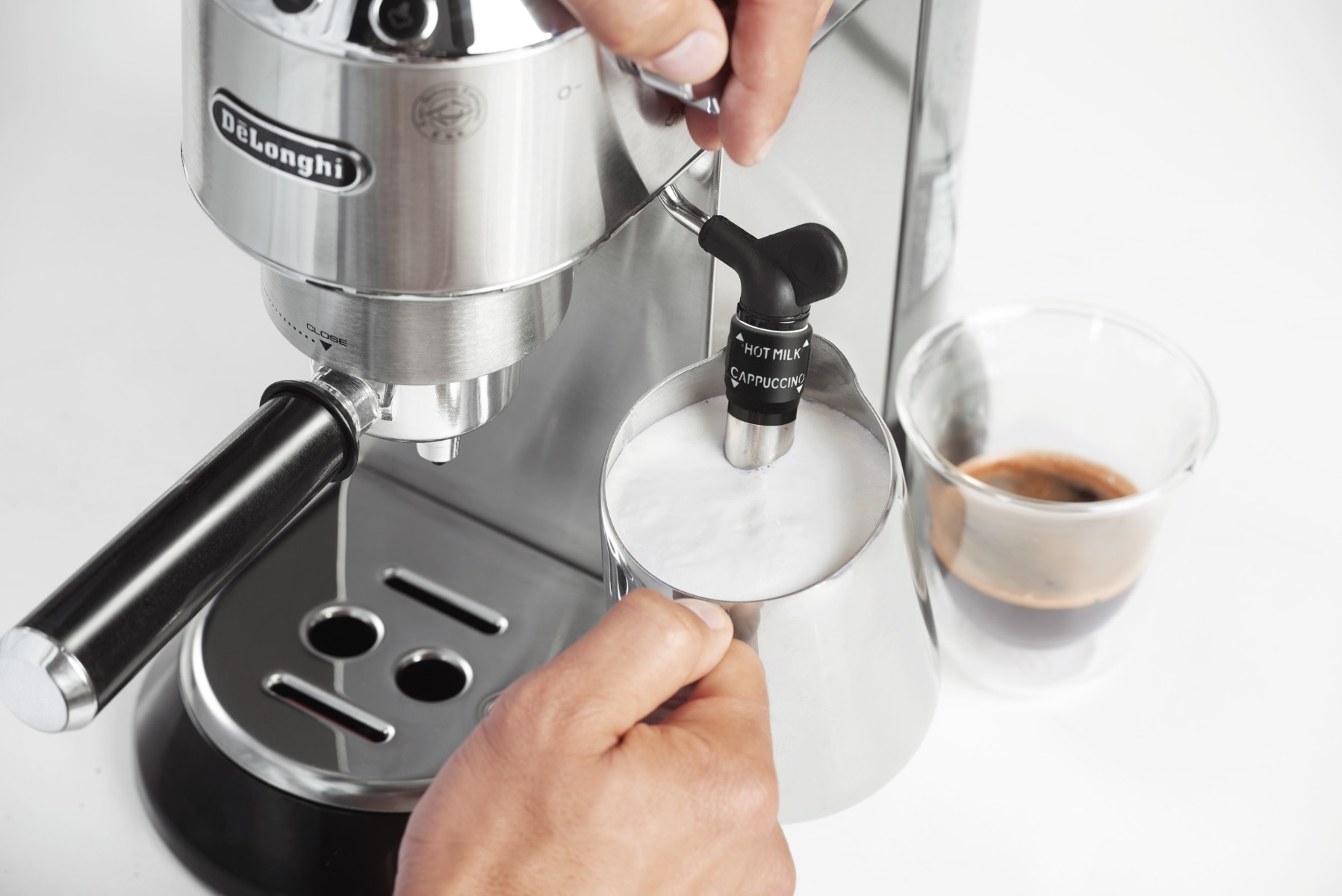
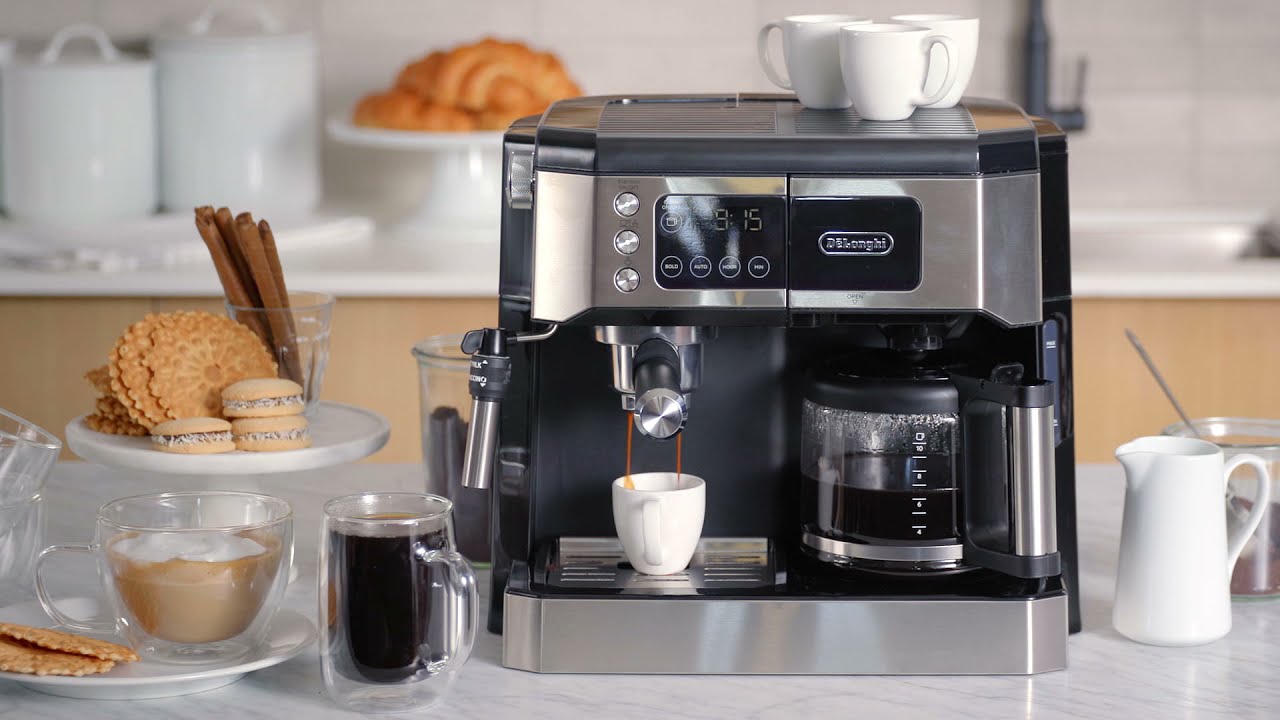
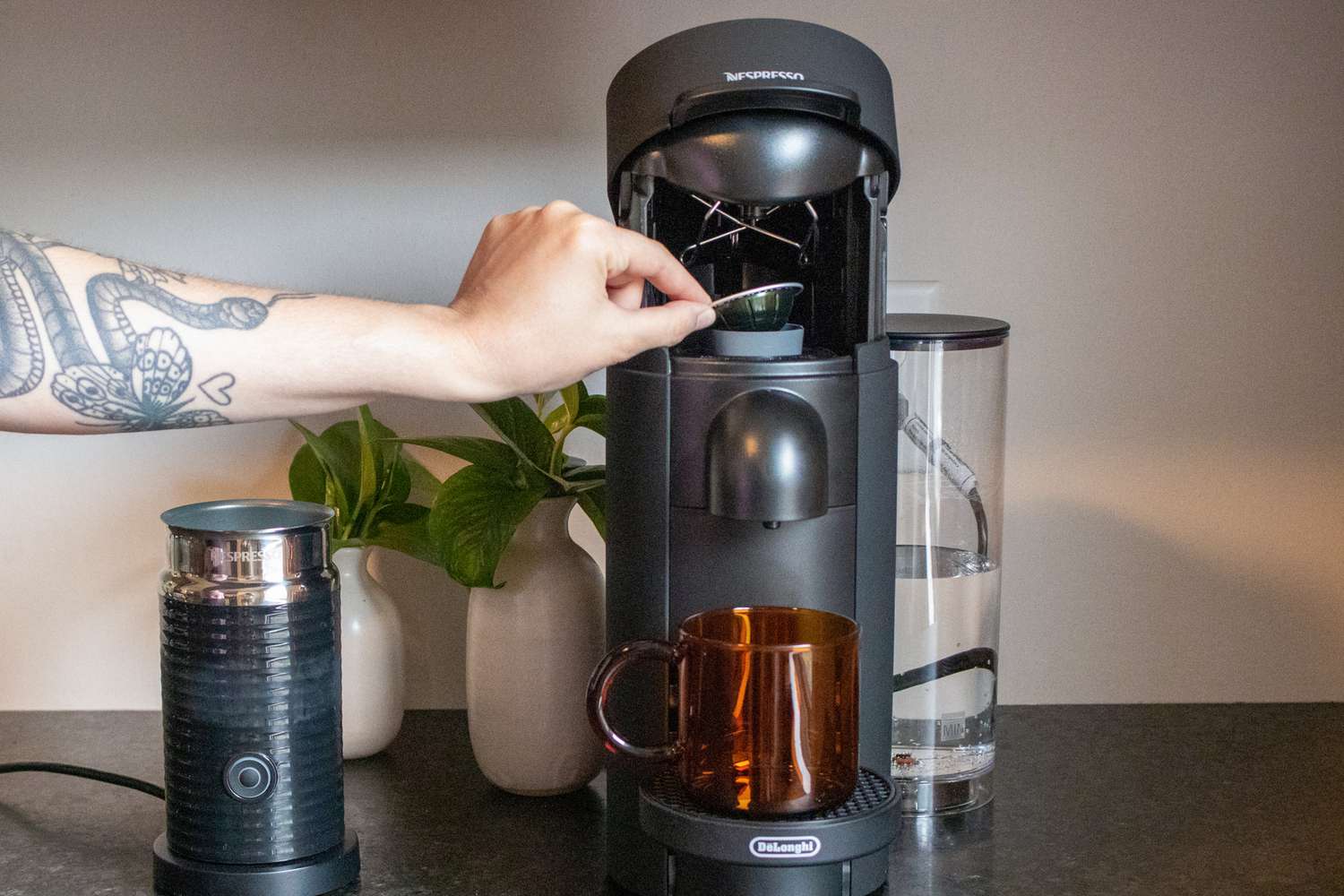
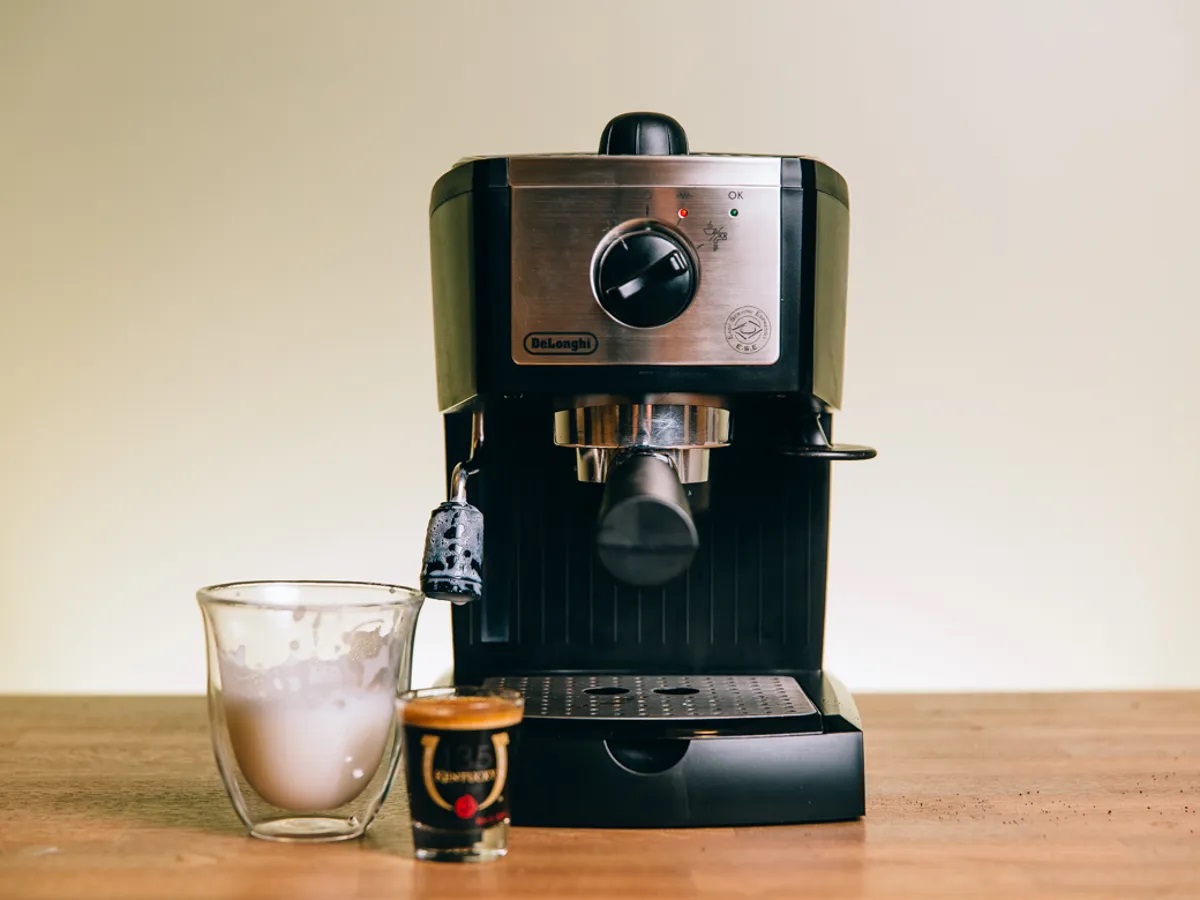
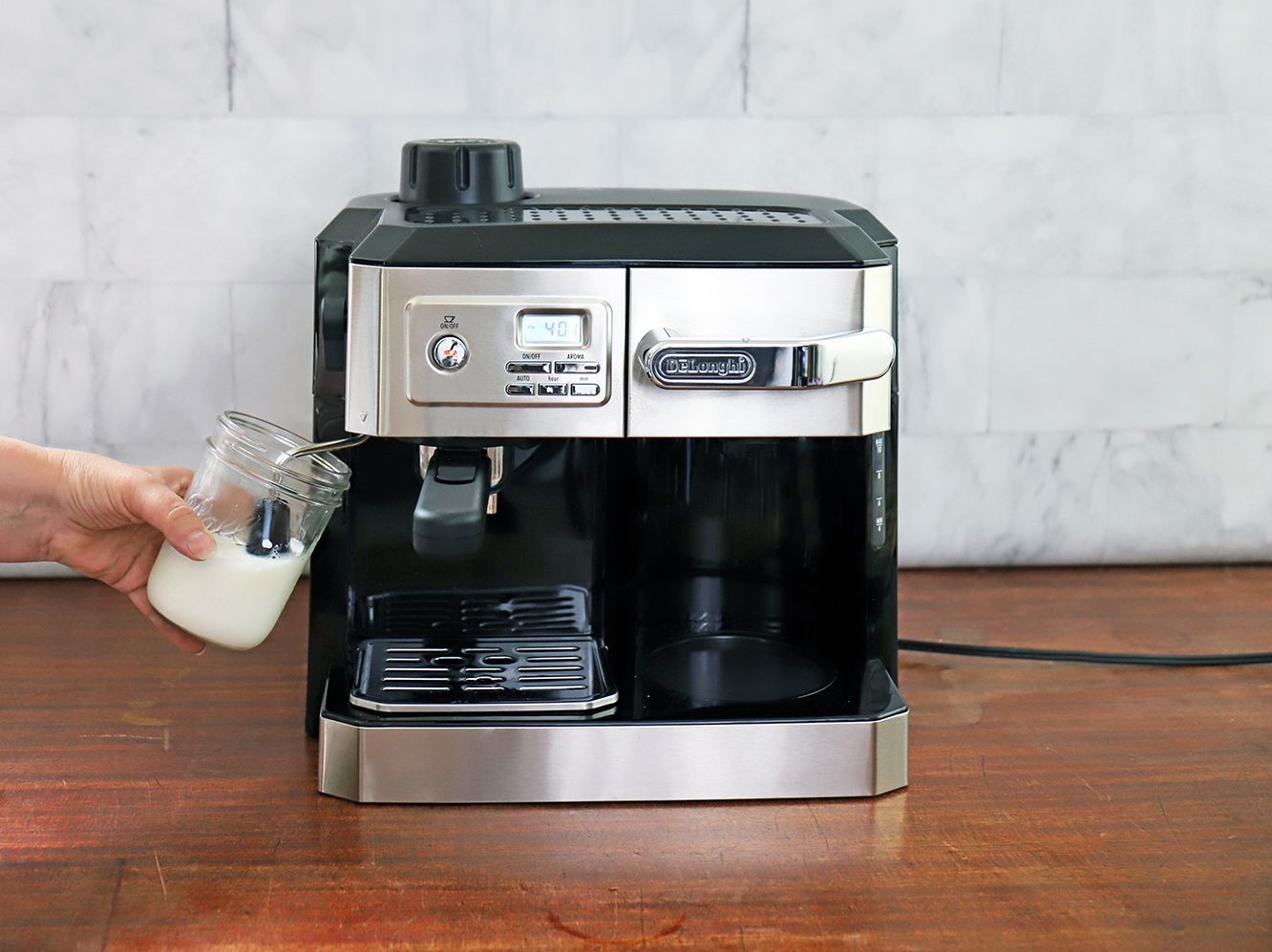
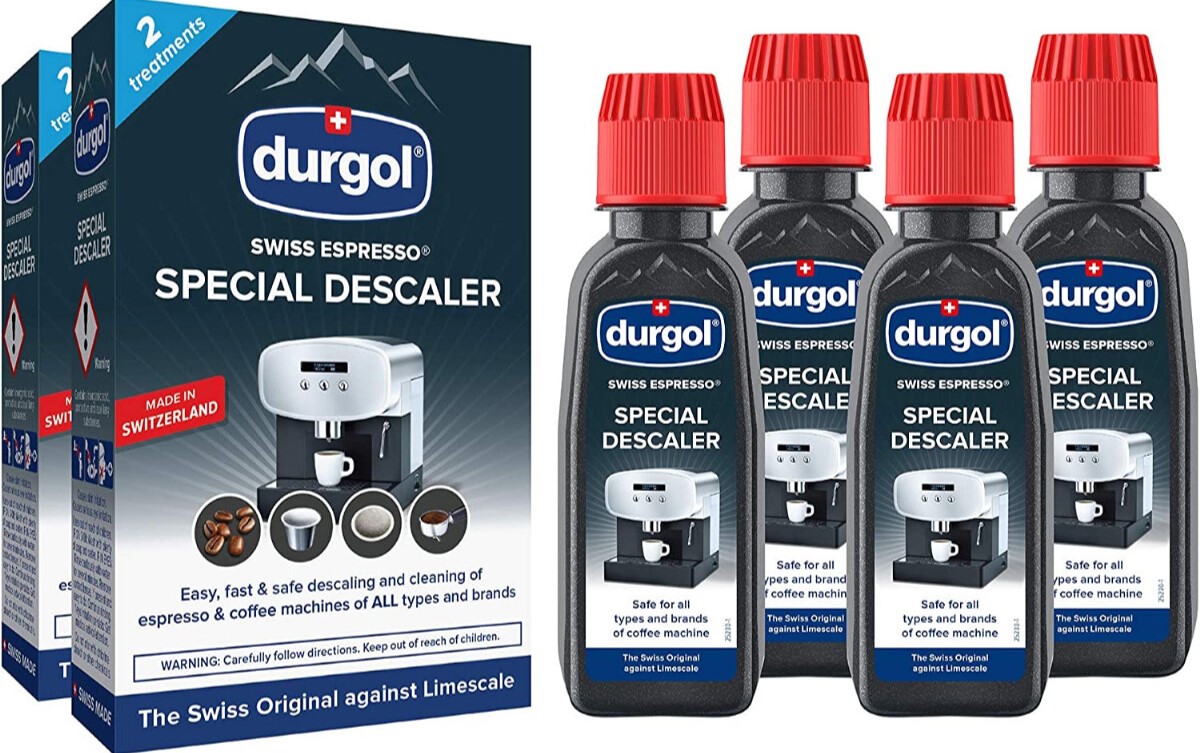
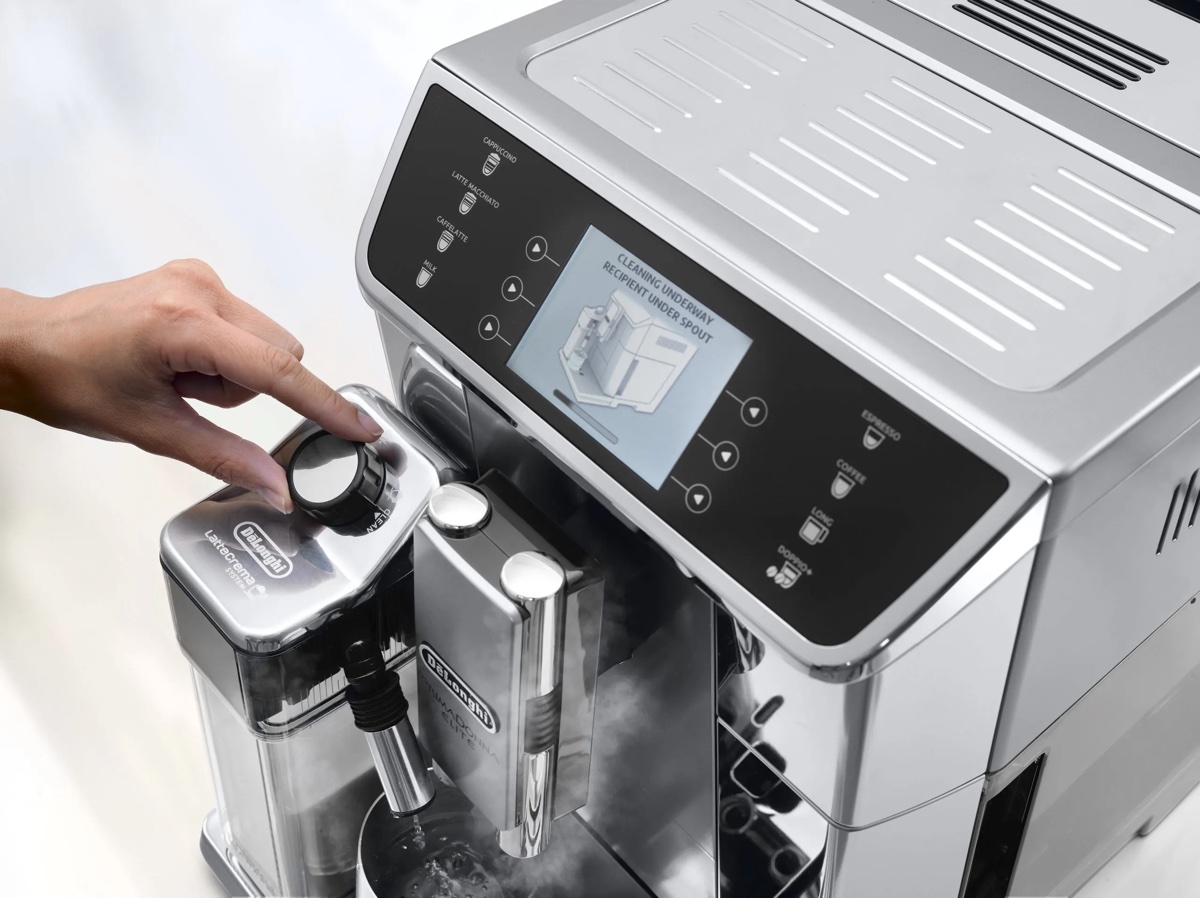
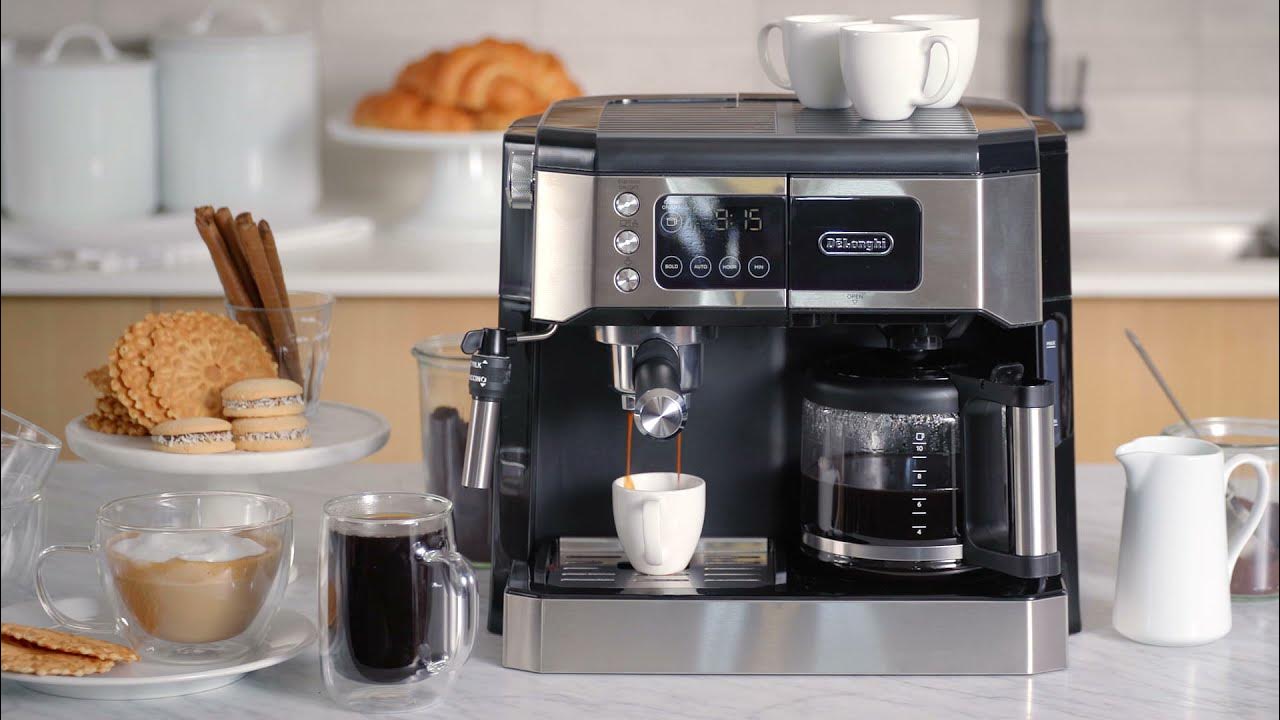
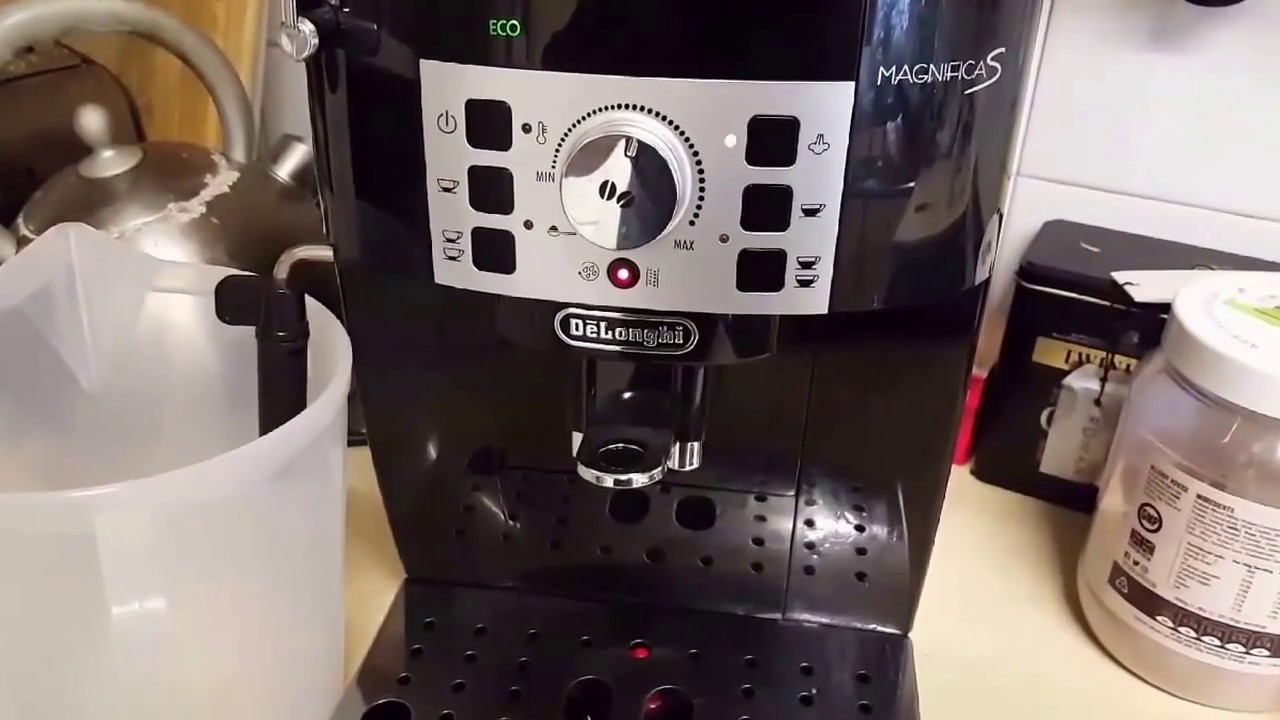
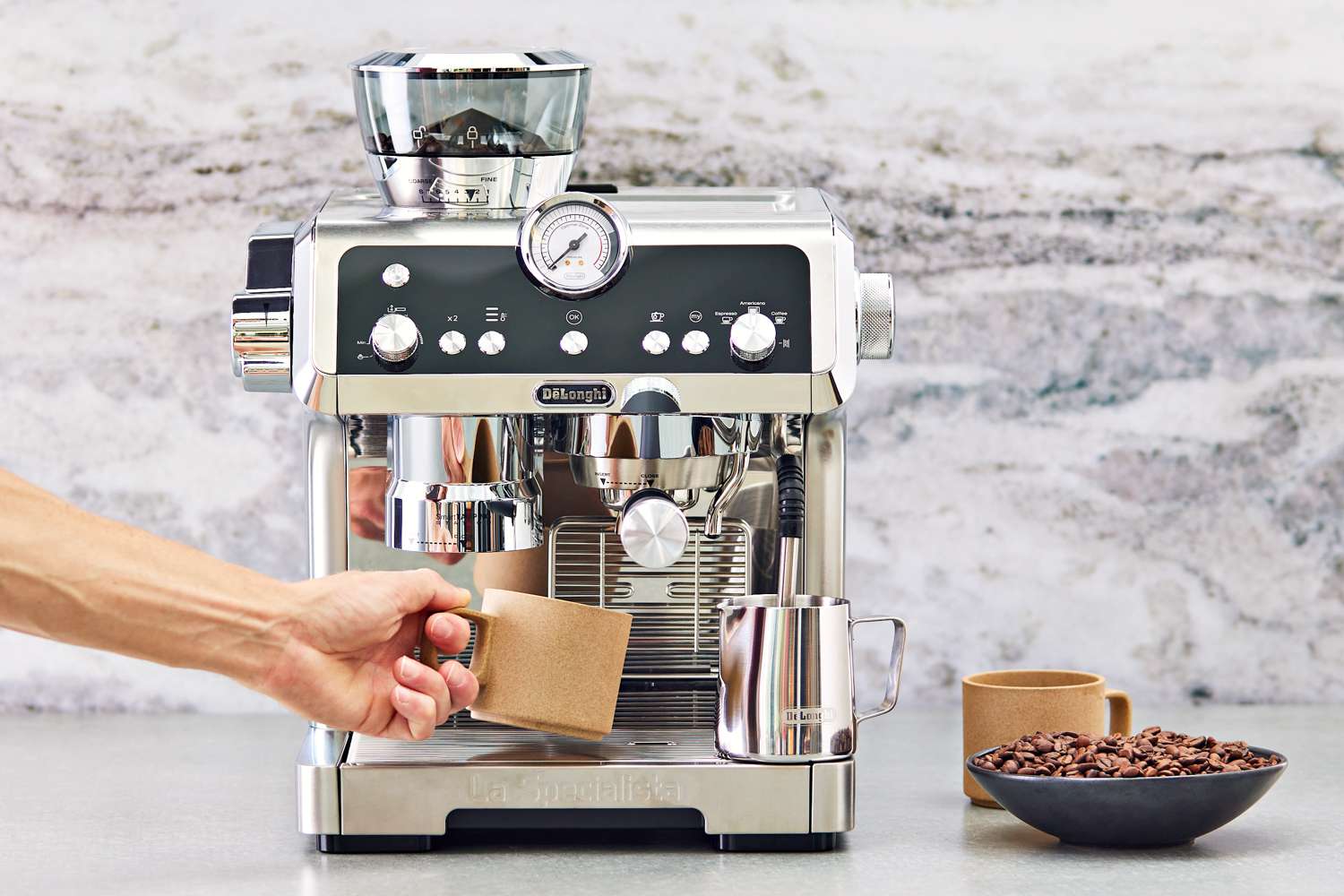

0 thoughts on “How To Decalcify The Delonghi Espresso Machine”